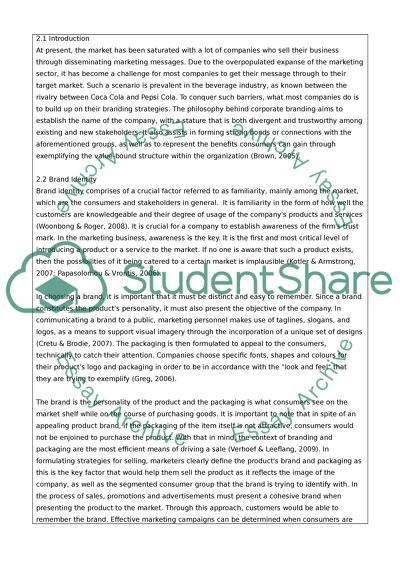Cite this document
(“Working Title: Brand packaging: How relevant is it to the customer Dissertation”, n.d.)
Retrieved from https://studentshare.org/marketing/1393790-working-title-brand-packaging-how-relevant-is-it
Retrieved from https://studentshare.org/marketing/1393790-working-title-brand-packaging-how-relevant-is-it
(Working Title: Brand Packaging: How Relevant Is It to the Customer Dissertation)
https://studentshare.org/marketing/1393790-working-title-brand-packaging-how-relevant-is-it.
https://studentshare.org/marketing/1393790-working-title-brand-packaging-how-relevant-is-it.
“Working Title: Brand Packaging: How Relevant Is It to the Customer Dissertation”, n.d. https://studentshare.org/marketing/1393790-working-title-brand-packaging-how-relevant-is-it.


